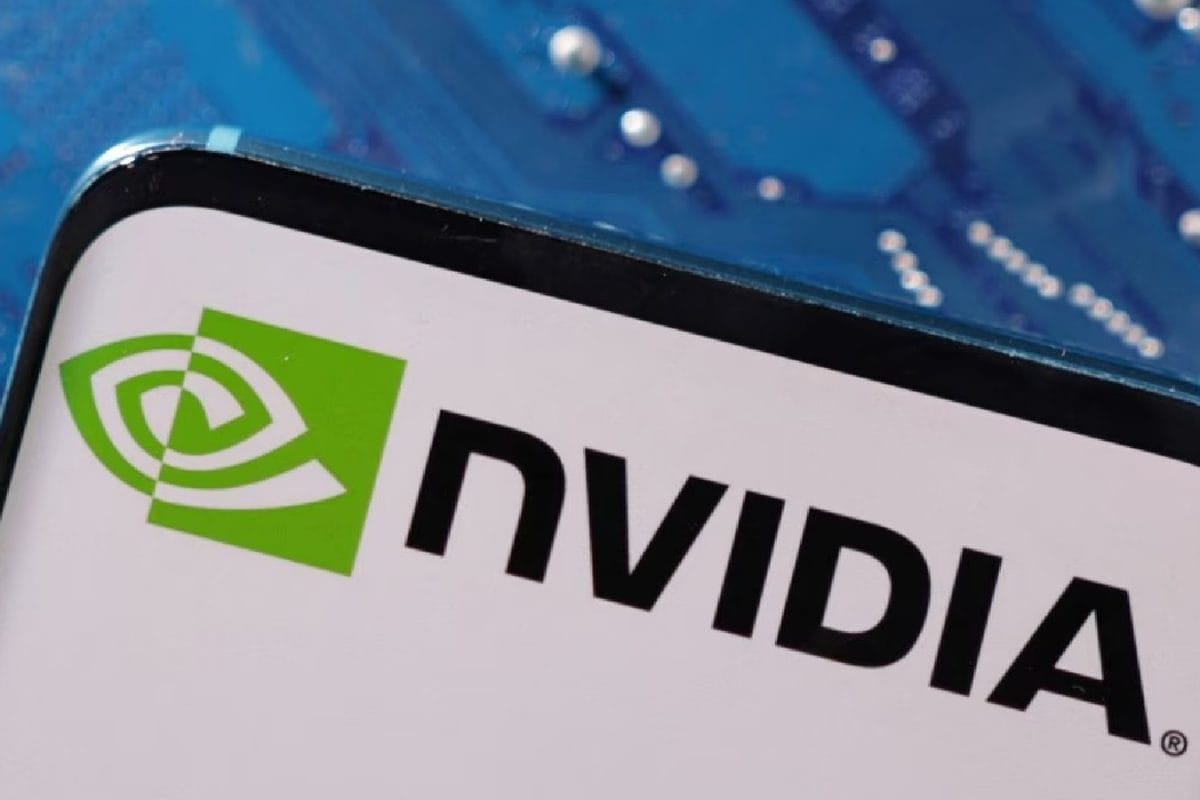

Nvidia's remarkable ascent to becoming the world's most valuable company is a story of strategic foresight, technological prowess, and impeccable timing. The company, initially known for its graphics processors for gaming, has successfully transformed itself into the leading provider of hardware and software for artificial intelligence (AI), a sector experiencing explosive growth. As of June 2025, Nvidia is nearing a $4 trillion valuation, a milestone that underscores its dominance in the AI hardware space.
The Rise of Nvidia: A Deep Dive
Founded in 1993, Nvidia initially focused on developing graphics processors and chipsets for personal computers and game consoles. The company's early innovations in 3D graphics acceleration laid the groundwork for its future success. However, it was Nvidia's strategic pivot towards AI that truly catapulted it to the forefront of the tech industry.
The demand for AI infrastructure has been insatiable, driven by tech giants like Microsoft, Meta, Amazon, and Alphabet, which collectively account for a significant portion of Nvidia's revenue. These companies are heavily investing in large language models and generative AI systems, all of which rely on Nvidia's high-performance GPUs. Nvidia's data center revenue surged in the first quarter of 2024, fueled by the increasing need for scalable AI infrastructure.
Nvidia's success isn't solely based on hardware. The company's CUDA programming platform has created a formidable competitive advantage. This ecosystem lock-in, spanning hardware, software, and partnerships, makes it difficult for competitors to gain a foothold.
Challenges and Opportunities Ahead
Despite its strong position, Nvidia faces potential challenges. Geopolitical tensions, particularly the U.S.-China tech rivalry, could impact its supply chain and market access. The company's reliance on Taiwan Semiconductor Manufacturing (TSMC) for chip production exposes it to potential disruptions. Moreover, major clients are exploring in-house chip development to reduce costs.
However, analysts remain optimistic about Nvidia's long-term growth potential. Nvidia is diversifying its data center footprint in Europe and India and partnering with foundries like TSMC to secure chip production. Furthermore, the company is expanding into emerging industries such as humanoid robotics and autonomous vehicles, which could provide significant growth opportunities.
Analysts' Projections and Market Sentiment
Analysts predict substantial increases in Nvidia's revenue and earnings in the coming years. UBS Securities analysts estimate that Nvidia's revenue could reach approximately $146.87 billion by 2026. This growth is expected to be driven by continued demand for AI solutions and the expansion of Nvidia's data center capabilities.
Wedbush analyst Dan Ives, who calls Nvidia the "godfather of AI," believes the chipmaker could eventually reach a $5 trillion to $6 trillion valuation as AI use cases expand. Even a conservative outlook, assuming Nvidia's growth gradually decelerates to 15% per year, could still lead to a market capitalization of $6.7 trillion within ten years.
Investment Strategy
For investors, Nvidia remains a compelling long-term investment. The company's dominance in the AI hardware and software market, combined with its expansion into new sectors, positions it for sustained growth. While geopolitical risks and increasing competition could create volatility, Nvidia's strong fundamentals and strategic initiatives make it a worthwhile addition to any portfolio. Accumulating shares during market dips may be a prudent strategy for long-term investors.